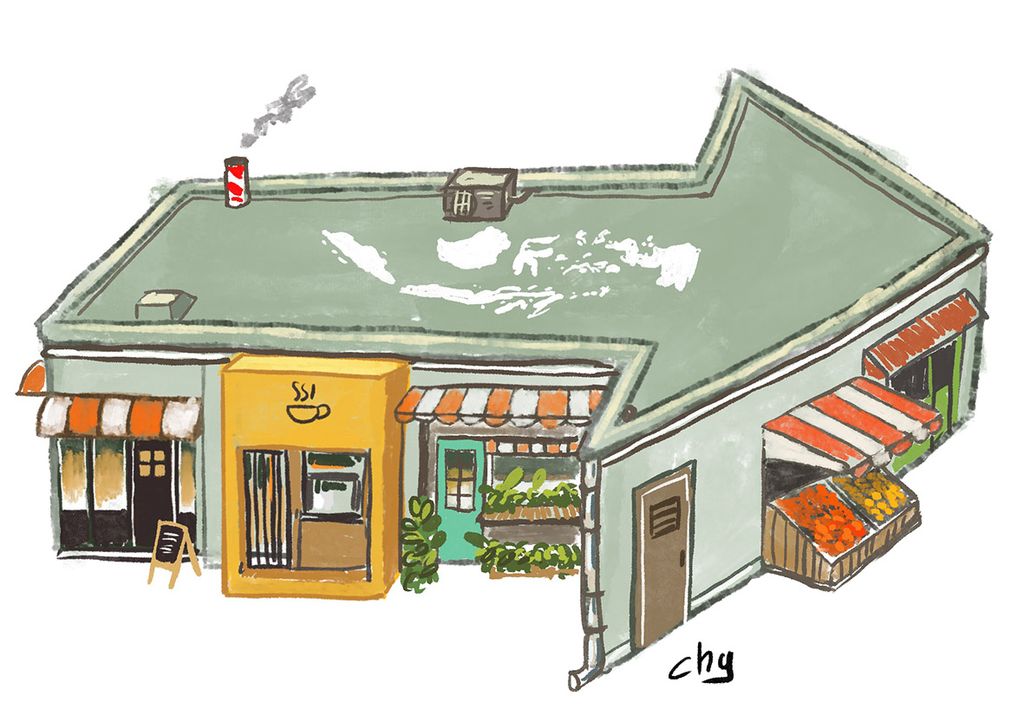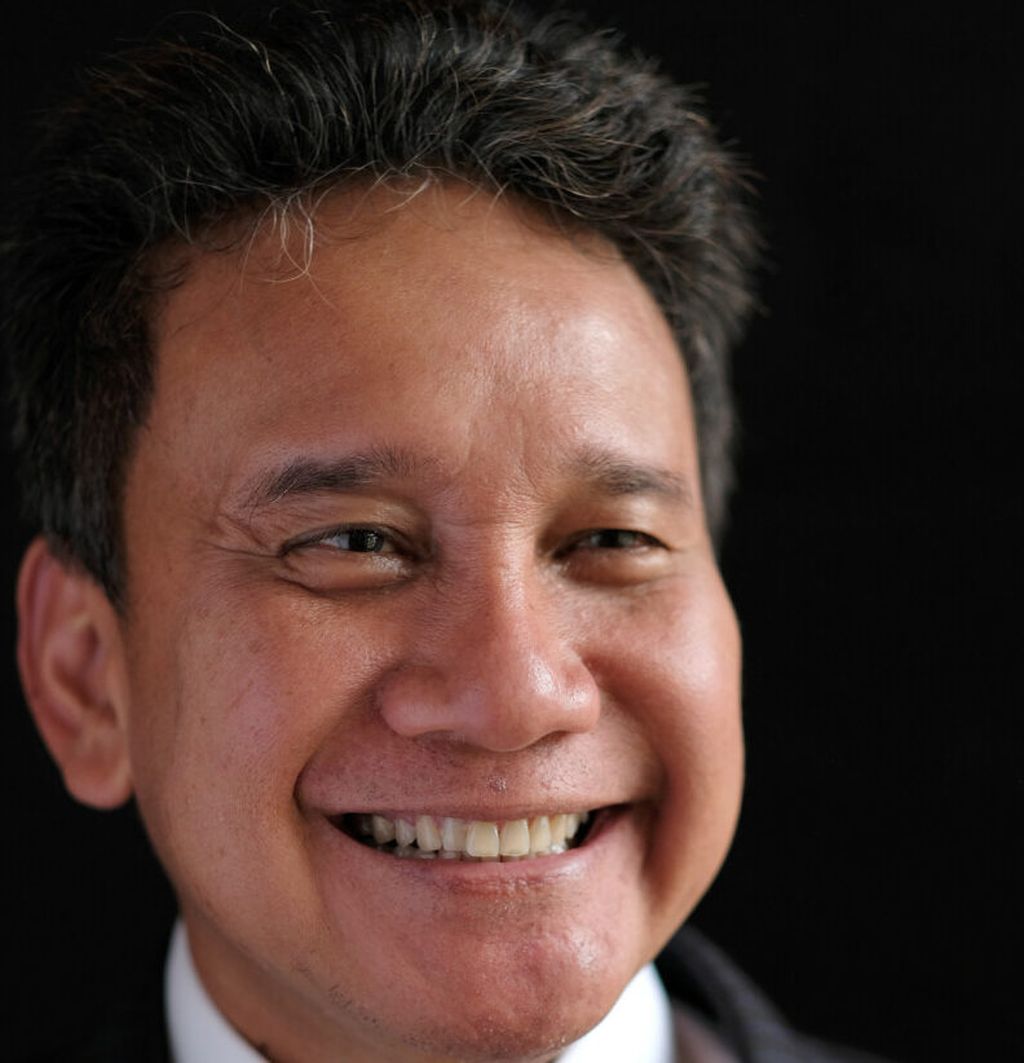MSMEs and Financing Constraints
In Indonesia’s financial system, banks play a large role in providing 77 percent of total loans, with the rest coming from pension funds, insurance, financial institutions, cooperatives, and others.

Micro, small and medium enterprises (MSMEs) are always an interesting topic of discussion. Moreover, for politicians, the MSME issue is quite important because they are of interest to their constituents. According to data from Statistics Indonesia (BPS), MSMEs contribute about 60 percent of gross domestic product (GDP). However, based on banking data, MSME loans amount to only Rp 1 quadrillion (US$70.50 million), or just 20 percent of all bank loans.
In Indonesia’s financial system, banks play a large role in providing 77 percent of total loans, with the rest coming from pension funds, insurance, financial institutions, cooperatives, and others. However, banks are not the largest funding source because overseas financing remains quite a significant component.
Also read:
> Promoting Export Oriented MSMEs
> E-commerce in the Forests of Central Kalimantan
> Resurgence of Covid-19 Pandemic
> It’s Time to Empathize with the People
In contrast to many other countries, banking loans in Indonesia account for 39 percent of GDP. Banks have difficulty extending loans due to lack of information on debtors who are eligible for financing. As MSME loans consist only 20 percent of total bank loans, they only account for 8 percent of GDP.
If it is true that MSMEs contribute around 60 percent of GDP and MSME loans only around 8 percent of GDP, does that mean that most MSMEs are self-funded?
This seems to be the case, because the majority of MSMEs are micro businesses with low productivity that lack collaterals. As a result, banks are not interested in financing them.
Based on 2019 data from the Cooperatives and Small and Medium Enterprises (SMEs) Ministry compiled by BPS, there are 64.6 million micro enterprises in the country that contribute Rp 5.91 quadrillion of GDP. This was equivalent to 37 percent of GDP in 2019.
Meanwhile, the country has only 66,000 medium-sized enterprises that contribute 14 percent of GDP. It has a significantly higher number of small businesses at 783,000 units, which contribute 9 percent to GDP.
Large businesses play a more important role, but they number just 5,550 units to contribute 37 percent of GDP. This means that large enterprises contribute as much as micro enterprises but have far higher productivity, as indicated by their per business GDP contribution.
Is it possible to develop SMEs without linking their production and supply chains to large and medium enterprises? It does not seem possible.
If we want to increase the portion of MSME loans in banks’ loan portfolios from currently 20 percent to 30 percent, we must build a business ecosystem to support the healthy growth of micro-small economic activities. Micro and small enterprises must be made creditworthy.
/https%3A%2F%2Fkompas.id%2Fwp-content%2Fuploads%2F2020%2F07%2F20200723ZAK08_1595514797.jpg)
A woman arranges a display of locally produced coffee on Thursday (23/7/2020) at a business meeting on micro, small and medium enterprises (MSMEs) in Mataram, West Nusa Tenggara (NTB). Local MSMEs have developed superior products from the NTB administration’s economic assistance for earthquake-affected communities. Today, MSMEs in Lombok have said they have been encouraged by the transition to the “new normal” phase of the Covid-19 mitigation measures.
This of course requires government support. The business world should no longer be bothered or burdened by illegal fees. Regulators in both the financial and real sectors, such as the Business Competition Supervisory Commission, must be fair and balanced as regards MSMEs.
Under sound banking practices, loans should be provided with adequate guarantees. A debtor's business must also run well so they can easily pay off their debts. Sufficient collateral can be obtained from a debtor’s fixed assets or business assets, such as their inventory, or in guarantees from third parties.
Don't rely only on government
It is the same with SME loans. The government helps with funding and guarantees. The government has provided interest subsidies and credit guarantees to MSMEs for years. The government offers five types of MSME assistance: 1) micro credit (KUR) interest subsidies; 2) non-KUR interest subsidies; 3) MSME credit guarantees; 4) ultra-micro (UMi) loans; and 5) grants under the Micro Business Productivity Assistance (BPUM).
In 2015, the government channeled Rp 23 trillion in KUR credits through banks, with the amount continuing to increase. In 2019, the figure reached Rp 140 trillion. Amid the pandemic, KUR credits reached Rp 210 trillion as of October 2021. The KUR interest subsidy the government provided in 2015 amounted to Rp 39 billion, while the figure reached Rp 13.7 trillion per year during the 2020-2021 pandemic with around 5.6 million total debtors.
Apart from BPUM grants, 17.8 million debtors who received micro credit subsidies, whereas micro enterprises total 64.6 million units.
Around 7.2 million debtors were recipients of non-KUR interest subsidies totaling Rp 1.7 trillion. Around Rp 17 trillion in UMi credits were disbursed to around 5 million total debtors. Around 12.8 million debtors, mostly micro enterprises, received a BPUM grant. Apart from BPUM grants, 17.8 million debtors who received micro credit subsidies, whereas micro enterprises total 64.6 million units.
Again, this proves that many micro enterprises have not been reached by formal financial institutions. In the end, they have had to use their own capital or go to unauthorized money lenders and pinjol (illegal online lenders).
Also read:
> Surabaya’s Entrepreneurs Refuse to Surrender
> Concerns of the Pantura Queen
> Livestock Farmers of the ‘Now’ Era
Due to the limited state budget, we can no longer rely solely on government funds in providing loans to micro businesses. In order to make micro and small businesses creditworthy, the information infrastructure must be improved so the data is available for banks and non-banks interested in providing MSME loans. The financial information service system (SLIK) managed by the Financial Services Authority (OJK) must be expanded so it reaches non-bank debtors, such as insurance, securities, and financial technology services customers.
/https%3A%2F%2Fkompas.id%2Fwp-content%2Fuploads%2F2020%2F07%2F20200723TOK15_1595514799.jpg)
A worker carries trays of freshly made tofu to the packaging section of a small tofu producer on Thursday (23/7/2020) in Pancoran, South Jakarta. As of July 21, the government has disbursed Rp 11.84 trillion in working capital for cooperatives and micro, small and medium enterprises (MSMEs) through national economic recovery program. The figure is 9.59 percent of the Rp 123.46 trillion fund for cooperatives and MSMEs.
Efforts must continue to include more micro-small businesses in the QRIS national payment system so as to gather the sales data of this business sector. It will be very useful for creditors if data from the Bank Indonesia-managed QRIS system can be integrated with data from the OJK-managed SLIK.
Information about credit guarantees must also be developed so financial institutions can access it easily. The Land Agency and Law and Human Rights Ministry must play a key role, as they administer land collateral and guarantees for movable assets.
As a result, micro-small businesses must rely solely on state budget subsidies, despite the limited government funds.
There must be a profit margin for private banks and non-bank banks so they are encouraged to provide loans to micro-small businesses. If the cost of raising micro-small credits is too high, debtors will be in trouble. However, if the lending cost is too low, creditors will be uninterested in providing loans. As a result, micro-small businesses must rely solely on state budget subsidies, despite the limited government funds.
For example, the largest provider of micro loans in Indonesia is state-owned Bank Rakyat Indonesia (BRI). During the pandemic, BRI’s micro credits increased 15 percent as of September 2021, but the growth occurred only in microcredits (KURs) with interest subsidies from the government. KUR credits increased 75 percent as of September 2021, while BRI's KUPEDES credit fell 9 percent.
If growth in BRI's microcredit is lower than KUR growth, other banks and rural banks (BPRs) will certainly face difficulty in providing KUR. This shows the important role of KUR, while on the other hand, it indicates that the low cost of subsidized loans has discouraged banks and non-banks from entering the micro and small loan segment.
In the end, the government will face more difficulties in developing MSMEs because the state budget is insufficient to fund all MSMEs in the country.

Mirza Adityaswara
MIRZA ADITYASWARA, Economist & Managing Director, Indonesian Banking Development Institute (LPPI)
(This article was translated by Hendarsyah Tarmizi).